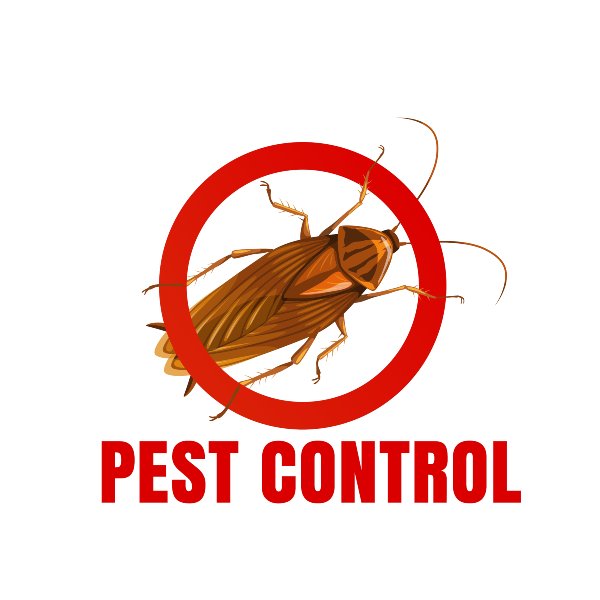A1 Charlotte Pest Control Companies - Your Local Pest Specialists
Bed Bug Treatment Failure: Contrasting Chemical Vs. Non-Chemical Solutions
In the world of parasite control, particularly when taking care of the relentless problem of bed bugs, the choice between chemical and non-chemical treatment options can be an essential one. Both approaches provide unique advantages and drawbacks, influencing aspects such as performance, safety and security factors to consider, and overall cost. By examining the nuanced details of each method, a clearer understanding of which path to go after in attending to a bed insect invasion can be obtained.
Efficiency of Chemical Therapies
Chemical treatments for bed pest invasions have actually been commonly recognized for their potent and rapid efficiency in removing these insects. When considering the effectiveness of chemical therapies, it is important to understand that they can give a quick and thorough solution to a bed insect problem.
Moreover, chemical therapies have the benefit of providing recurring impacts, implying that they can proceed to eliminate bed insects also after the preliminary application. This recurring action is especially useful in combating any possible re-infestations. Additionally, the fast action of chemical treatments can bring alleviation to people facing severe bed pest invasions, permitting them to regain control of their home promptly.
Security Worries With Chemical Solutions
One essential aspect that needs mindful consideration when making use of chemical options for bed bug therapy is making certain the safety and security of residents and the environment. Exposure to certain chemicals made use of in bed bug treatments can lead to respiratory issues, skin irritability, or other unfavorable responses, especially in individuals with pre-existing conditions or sensitivities.
Furthermore, the environmental influence of chemical remedies is another substantial factor to consider. Some chemicals made use of in bed bug treatments may be unsafe to helpful pests, wild animals, and communities if they seep right into the dirt or water supply. It is important to use chemical treatments judiciously, adhering to safety and security standards, and considering much less toxic alternatives to reduce these dangers and make certain the efficient and risk-free administration of bed insect problems.
Benefits of Non-Chemical Approaches
Considering the possible safety problems and environmental influence linked with chemical services for bed pest treatment, discovering non-chemical techniques provides a promising option with several unique benefits. Non-chemical therapies are environmentally pleasant, as they do not add to air or water contamination, making them a lasting choice for parasite control.
In addition, non-chemical solutions can be efficient in targeting bed pests, including hard-to-reach locations where chemical therapies might not pass through. Methods such as warm therapy, vacuuming, heavy steam cleaning, and mattress encasements give comprehensive removal without the use of harmful chemicals. Additionally, non-chemical strategies can be much less disruptive, calling for minimal preparation and permitting quicker reentry into dealt with areas. In general, selecting non-chemical bed pest treatment methods not only focuses on safety and security and environmental defense but also makes sure reliable and thorough bug control.
Limitations of Non-Chemical Treatments

Additionally, non-chemical treatments usually require several applications to accomplish effective eradication. This can be lengthy and might not always assure total removal of all bed insects and their eggs, particularly in hard-to-reach or hidden areas.
Additionally, the success of non-chemical therapies heavily depends on proper execution and thoroughness, which can be challenging for people without specialist knowledge. Insufficient application of non-chemical techniques may cause insufficient eradication, leading to relentless infestations and the need for additional treatments.
Therefore, while non-chemical therapies have their benefits, it is crucial to recognize these constraints and consider them when establishing one of the find this most effective method for handling bed pest problems.
Price Contrast: Chemical Vs. Non-Chemical Options
Offered the restrictions connected with non-chemical treatments, an important aspect to assess in the context of bed insect management is the cost contrast between chemical and non-chemical alternatives. Chemical therapies normally include the application of insecticides by professionals, which can range from $250 to $900 per area, depending upon the severity of the problem and the size of the area to be dealt with. In comparison, non-chemical treatments like warmth treatment or heavy steam can be much more pricey, with expenses varying from $1,000 to $6,000 for an entire home. While the preliminary cost of chemical therapies may appear lower, numerous therapies may be called for to completely eradicate the invasion, potentially raising the general cost. On the other hand, non-chemical alternatives may provide a more eco-friendly and lasting remedy, although they can be cost-prohibitive for some individuals. Inevitably, when thinking about the price of bed bug therapy choices, it is essential to evaluate the ahead of time expenses versus the effectiveness and long-lasting sustainability of the picked method.
Verdict

Thinking about the possible safety and security concerns and environmental effect associated with chemical services for bed insect treatment, checking out non-chemical techniques presents a promising choice with a number pest control person of distinctive advantages.Provided the restrictions associated with non-chemical therapies, a crucial facet to examine in the context of bed insect administration is the price contrast in between chemical and non-chemical options. In comparison, non-chemical treatments like warm treatment or vapor can be much more costly, with prices varying from $1,000 to $6,000 for an entire home. While the preliminary expense of chemical therapies might seem lower, multiple treatments may be needed to fully eliminate the infestation, potentially raising the overall cost.In conclusion, when contrasting chemical and non-chemical bed insect treatment options, it is necessary to consider effectiveness, safety and security, advantages, restrictions, and cost.